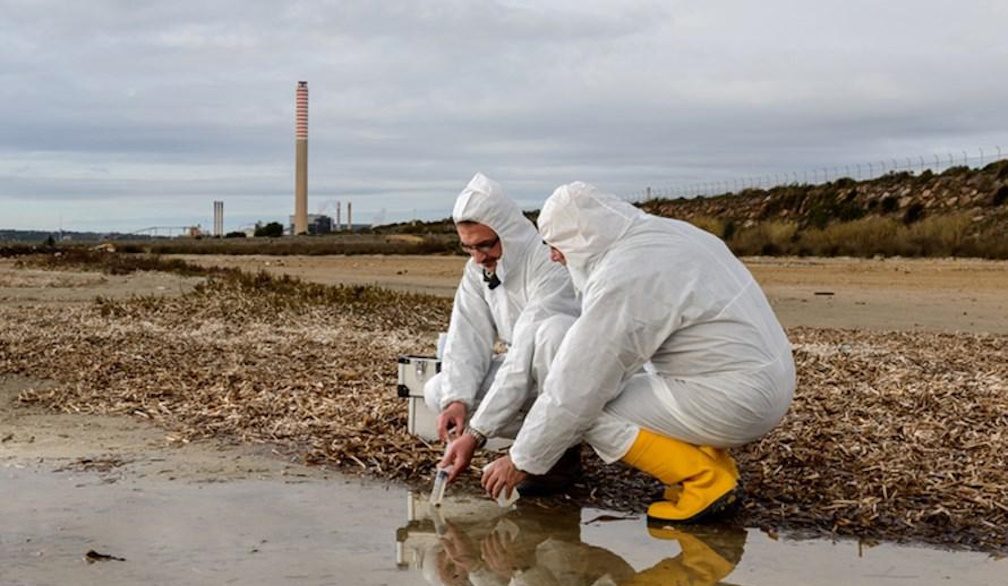A Guide to Meeting Regulations in Contaminated Land Clean-up
- Written by The Bulletin

Australia is a country well known for initiatives for the management of contaminated soil. This includes introducing a wider array of systems and an assortment of technologies. The experts delve into the regeneration of the land and emphasise the necessity of land remediation. Lands become contaminated with time and this is a regular geological process. Another possibility of contamination is human actions such as in infrastructure piping and agricultural activities. This can hugely impact any of your ongoing projects. Whether there is unlicensed waste disposal, general pollution, contamination, asbestos problems or underground water contamination, land remediation works for every issue. We will look into a comprehensive guide to crack it step by step.
What is land remediation and quick solutions?
The aim is to restore land in any acceptable condition and treat its problems effectively or resolve issues of contamination in water or soil known as soil contamination. From a legal perspective, any land is labelled contaminated only if substances are causing any harm to the land. The contaminated agents could be heavy agricultural waste and metals. The instances where contamination may occur vary and people are exposed to it. But for contaminated land remediation, there are the following approaches that need to be involved.
-
Contamination removal
-
Eliminate the pathway between receptor and contamination
-
Receptor removal i.e. Limit access to the site
-
Treatments to safer levels
When the process of contaminated land remediation completes the land is restored in a better condition. It may not be free from contamination but it is good to use. There are further steps and assessments required that entirely depend on what kind of usage is required from the land.
Land regeneration process
Are you ready to learn about the four most-practised steps of contaminated land remediation? This is a 4-step practice listed below.
Site examination is the first step. Across-the-board research is performed to recognise the geological situation and terrestrial of the land.
Do advanced on-site examination. These stages include boring and digging of soil, and taster collection for laboratory tests. A good research is done to know the root cause and supplier of contamination whether it is somebody samples, ecosystems or water resources. The aim is to evaluate the whole procedure and make it free of risk. This way leads to furtherance and targeted results.
The third step is the stage of review or discussion. Contaminated land remediation projects will select the appropriate technologies and forward-thinking techniques. This involves budgeting and balancing costs by finding the benefits of land remediation and its sustainability. Application plans are discussed, and accepting the objectives becomes easy.
The last step is the stage where monitored objectives are achieved and researchers will present the findings with future and further recommendations and potential information.
Proven Technologies Used for Land Remediation
There are ex-situ and in-situ methods for several contaminated land remedies. Ex-situ methods contain digging of the soil for remediation, extraction of contaminated ingratiation and treating the underground water to a safer level. In-situ method contamination is treated without excavation of the soil.
There are several steps included and these are basic. As mentioned earlier, the basic initial step is excavation where contaminated soil is removed and examined if organic soil is present in it. The levels of contamination are checked and later treatment and pump will be done.
All the contaminated underground water is pumped out using a submersible pump. Solidification and other stabilisation techniques are performed. Landfills and lack of authoritative technologies. Several treatments have been performed. A multi-phased extraction is performed in contaminated land remediation soil vapour extraction.
Bioremediation can also be performed. In organic ways, air sparging is widely practised. By practising these things, the land and soil conditions are improvised.













